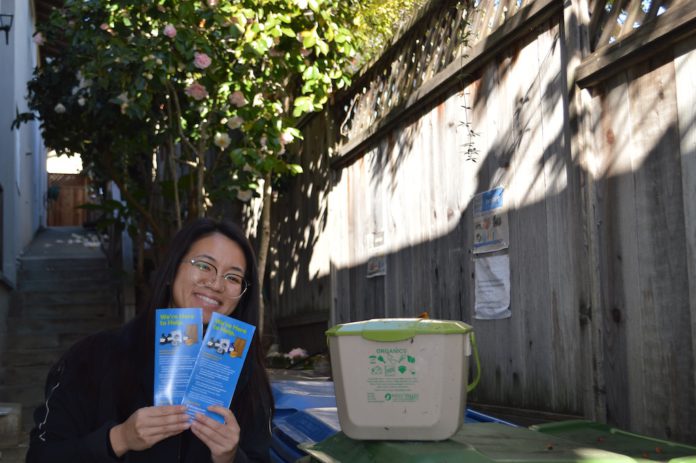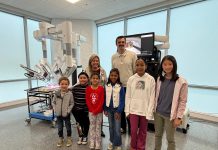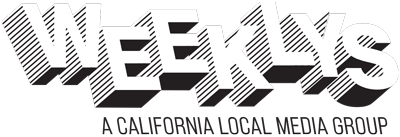
Edward Hume, a Pulitzer Prize winner, wrote that the average American throws out three times more trash now than in 1960: “Rethinking waste as our arch-villain isn’t just a word game – it’s the secret sauce that turns anxiety and inertia into hope and action, because waste is the one big problem, anyone can do something about.” And today we have our e-waste to consider, too.
But what goes where?
Answers are website clicks or phone calls away. I called West Valley Recycles and spoke with Maggie Wong, an outreach coordinator. She recommended that I go to the WVR’s website, Facebook page or Instagram accounts. Wong also suggested that I visit the official website for State agency CalRecycle. This site provides detail on “The Circular Economy” concept that the State recommends for the ultimate in recycling.
I soon learned that computer chips, boards and integrated circuits or semiconductors are not that easy to recycle. Chemical processes are available to obtain the recyclable metals from discarded silicon chips. These toxic chemicals also must be kept from entering our landfills.
Globally, more than a trillion computer chips are produced every year; that is about 148 chips per person on Earth. (For more info you can visit semiconductors.org). Please let that sink in. That’s in addition to swallowing approximately a credit card-sized amount of plastic a week. Recycling e-waste is a critical aspect of sorting our trash—and making sure that it is going to be used again, if possible.
Since Jan. 1, 2005, a recycling fee has been assessed on certain electronic devices sold in California. These fees go to approved collectors and recyclers. According to the State, this is to encourage them to develop recycling opportunities and to offset the cost of managing these products at the end of their use. (Read more at calrecycle.ca.gov)
CalRecycle receives and evaluates applications from prospective collectors and recyclers to participate in the program. This would include our local scout troop, which has an e-waste collection day.
In a February release, Semiconductor Industry Association CEO John Neuffer said, “Our companies are investing nearly half-a-trillion dollars to manufacture and develop more semiconductors in the U.S., create high paying American jobs, secure our supply chains and win global markets.” So, it looks like there will be a lot more chips around, and they will be made in America. More chips, please?
Even solar panels have toxic materials and if not handled properly these materials can leach out and into landfills.
The government is trying to educate residents to improve upon their recycling habits. Our landfills are filling up and officials are concerned with what goes where.
They urge consumers to think twice before chucking just anything into the landfill bins.
“It’s important for residents to improve recycling diversion, as landfill containers fill up with items that should be in recycle or organics,” Wong said.
So, from meal prep scraps, to that high-tech broken monitor, recycling is critical for all. Every one of us can help by mindfully sorting our waste. If you do not have time for web surfing, just go to WVR online or give them a call at 408-283-9250.









